After our awesome training event back in late September, it was time to put our training into practice and go survey sites reported through the online survey, and other known or potential sites.
It turns out that there is no shortage of trees with hollows in reserves around Katanning, and that water and feed sources are a greater limiting factor, and, of course, the fact that there are fewer breeding pairs due to the severe population decline of Carnaby’s Cockatoos.
Surveying for nesting hollows means a whole lot of wandering in the bush, and involves a whole lot more paperwork than you might think.
First, you spend a lot of time looking for nice looking hollows…
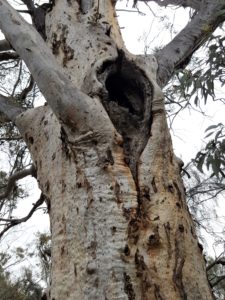
Well that’s a nice looking hollow!
Then you make sure it’s in the GPS.
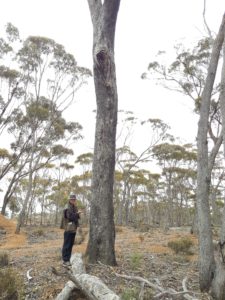
Confirming GPS location of the tree.
And then you measure the tree. This helps provide information for anyone trying to come back and find the same tree again later.
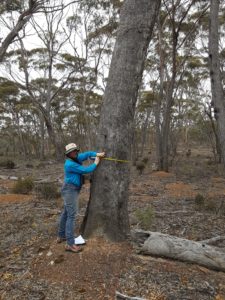
Measuring the tree girth helps distinguish it from the others in the area when you are trying to find it again a year later.
Most hollows don’t have any evidence of occupation. But every once in awhile, you get a surprise when a curious female pokes her head out and asks you what you are up to!
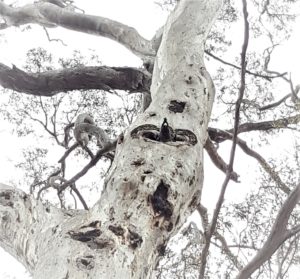
Peekaboo!! A curious female poked her head out to see what we’re up to!
Our next visit will including coming back to the sites that had the best potential – ones that showed signs of occupation, especially those where we saw nesting birds. We will use the CockyCam to get a good look inside and report back! 🙂
Cockatoos will be nesting in the area until the new year and we would love to know if you spot any nesting or feeding behaviour in your area. If you would like to report a black cockatoo sighting, contact Andrea on 9821 4327 (please leave a message, or I won’t know you’ve called) or via email hello@katanninglandcare.org.au or go direct to the link https://app.maptionnaire.com/en/7399/ to fill in your sighting information.

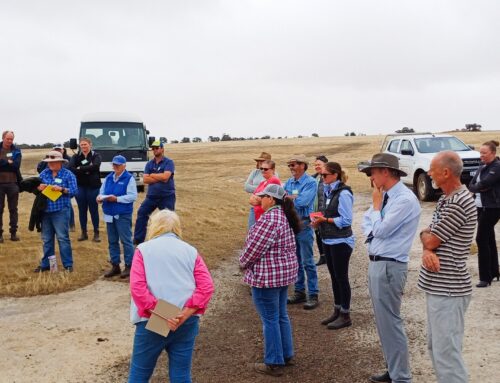
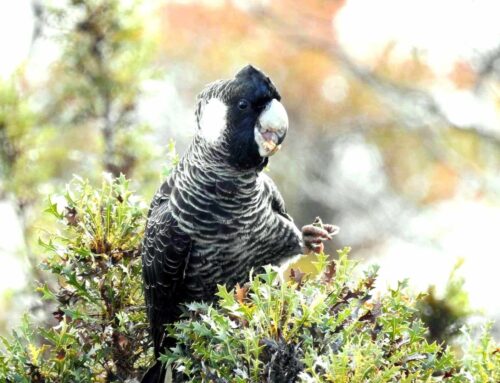

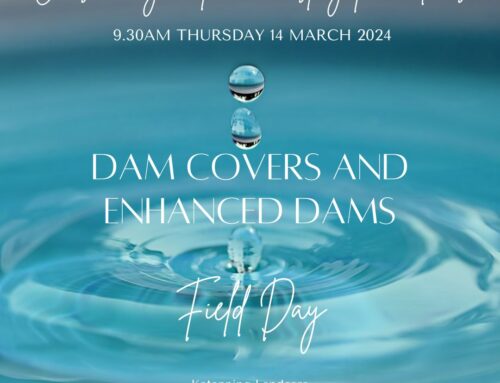
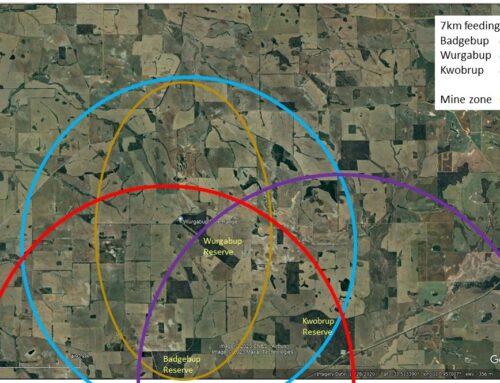
Leave A Comment